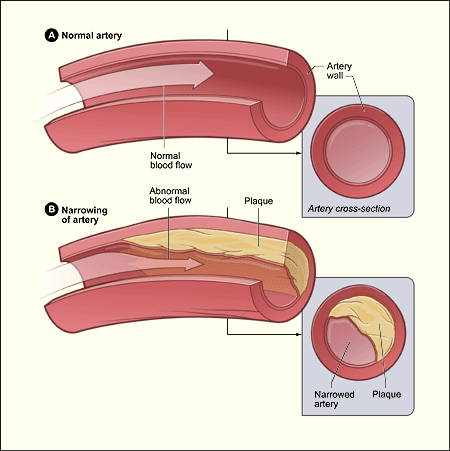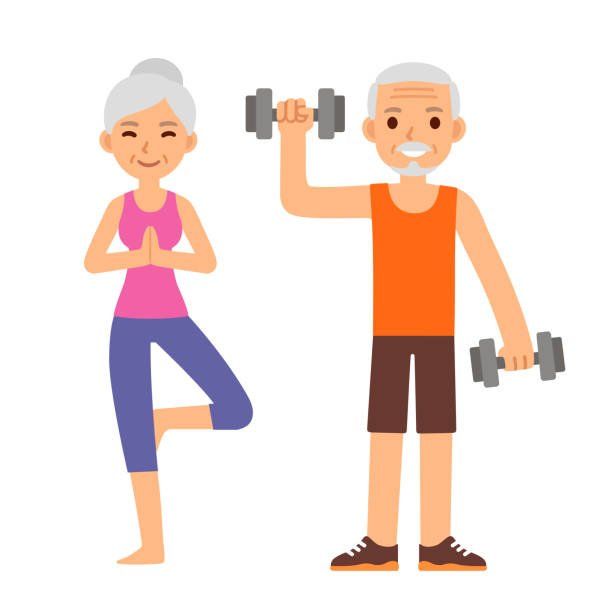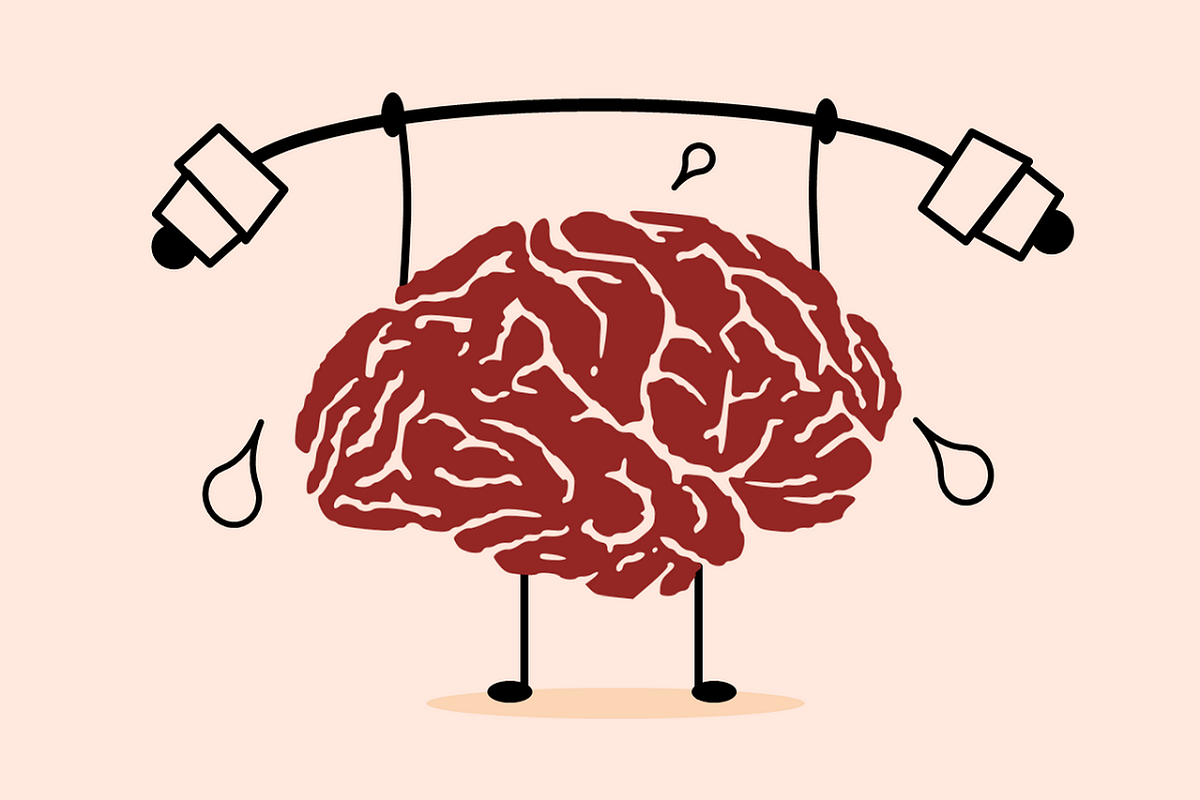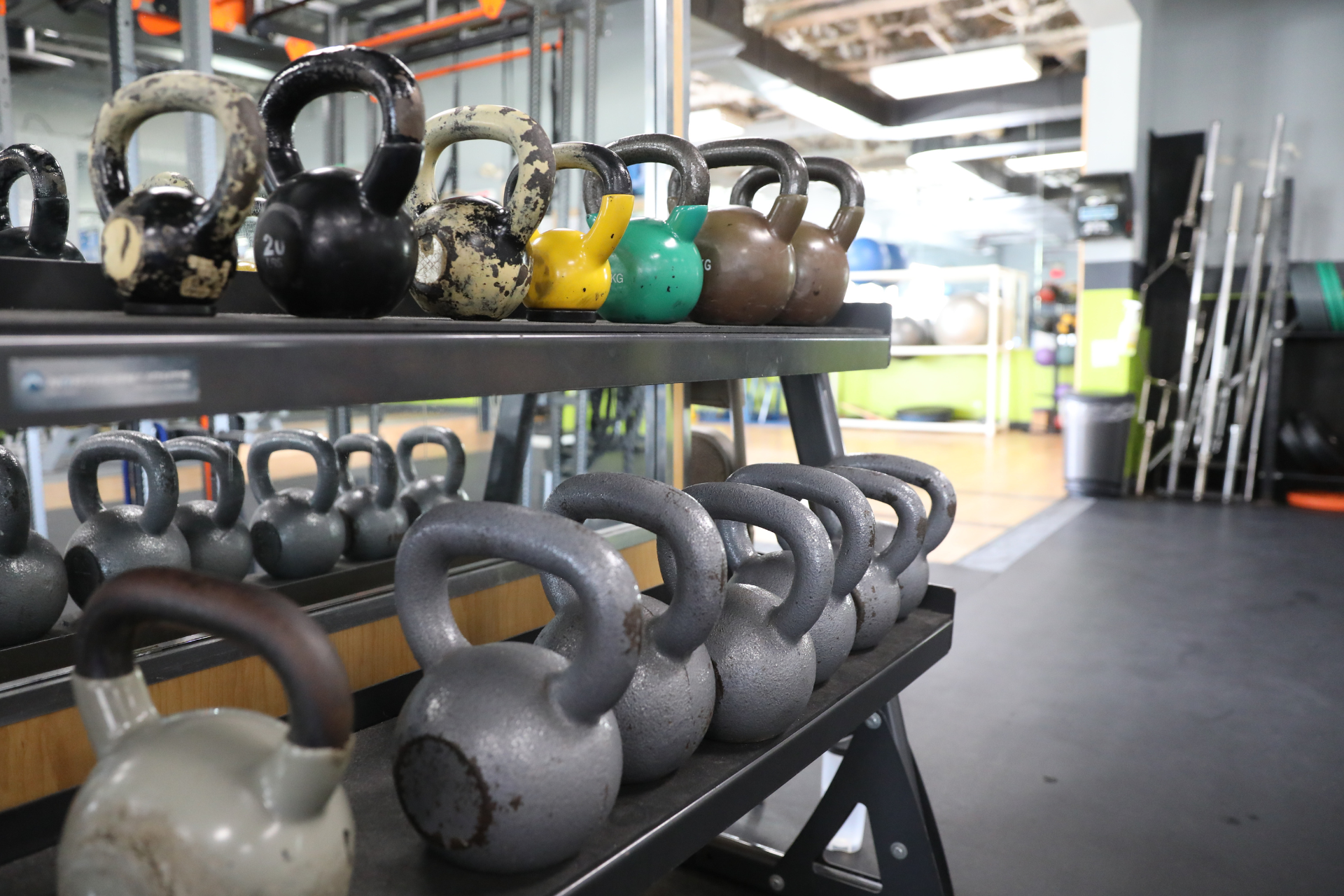This point is pretty self-explanatory. To be considered physically active, one must engage in more than 30 minutes of moderate activity, 3 days per week, for at least 3 months. Moderate physical activity means that it has gotten a bit harder to breathe, but you may still be able to carry on a conversation. Examples include riding your bike or going on a brisk walk. The key to kicking this risk factor is consistency. To attain health benefits from physical activity, it’s recommended that adults participate in at least 150 minutes of exercise, accumulated throughout the week in bouts of 10 minutes or longer.
The risk factors for cardiovascular disease are;
- Age
- Family history of heart attacks
- Smoking
- Physical inactivity (less than 30 minutes of moderate activity 3 days/week for 3 months consistently)
- Obesity (high BMI and/or high waist circumference)
- Hypertension (high blood pressure over 140/90)
- Dyslipidemia (high LDL cholesterol, low HDL cholesterol, high total cholesterol)
- Diabetes (high blood sugar)
All of these risk factors are related to your likelihood for having atherosclerosis or hardening of the arteries. The good news for you is that participating in regular physical activity has a positive effect on five out of these seven risk factors!
Physical inactivity
Obesity
Physical inactivity and poor diets are key contributors to obesity. Obesity is defined as a body mass index (BMI) of over 30kg/m^2 and/or a waist circumference of over 88cm in women and 102 cm in men. A consistent exercise regime and healthy eating plan will likely result in weight loss, thus reducing BMI and waist circumference.
Hypertension
Blood pressure is a product of cardiac output (the amount of blood the heart ejects per beat) and total peripheral resistance (the resistance to blood flow throughout the arteries of the body). People with plaque buildup in their arteries have narrowed blood vessels, which creates more resistance when blood tries to flow through them. As such, atherosclerosis is one culprit for increased total peripheral resistance and thus, high blood pressure. Total peripheral resistance can also be increased by hardening of the arteries, caused by arterial damage. This means that the arteries are not as elastic and are less pliable to blood flow, but we want them to be. Exercise reduces blood pressure by the mechanism of causing temporary artery dilation (widening) by releasing molecules called vasodilators. When you consistently stick to your exercise regime, this vasodilation becomes more permanent. If we reduce total peripheral resistance by increasing dilation, we have now taken one route towards naturally reducing blood pressure!
Dyslipidemia
Low-density lipoprotein cholesterol (LDL-C) is considered to be the “bad” cholesterol, whereas high-density lipoprotein cholesterol (HDL-C) is labelled as the “good” one. Imagine you’re stuck on the 403 in rush hour, LDL-C and HDL-C are the cars, and each fat molecule in your blood are drivers and passengers. Let’s say there are 1,000 people on the road. When all the cars on the highway are low-density lipoproteins, there is one person per vehicle, which means 1,000 cars on the road, which means quite the traffic jam. BUT, if all the cars on the road are high-density lipoproteins (mini-vans?), that means that there can be a lot of people in one car. Since minivans can sit about 7 people per vehicle, that means that if there were 1,000 people on the road, that there would only be 143 cars on the road… easy sailing! When we transfer this into terms relating to cardiovascular disease, having high counts of LDL-C and low counts of HDL-C creates fatty traffic jams in our bloodstream (bad!), however, low LDL-C and higher HDL-C is extremely favourable. Although it isn’t well-researched, it has been hypothesized that when you exercise, enzymes are released that focus on removing LDL-C from the bloodstream and re-directing them to the liver. From there, the LDL-C is processed into bile and excreted through the digestive tract. Re-adjusting your ratio of LDL-C to HDL-C can also be emphasized through proper nutrition intake. See next week’s blog for more details.
Diabetes
Over time, chronically high blood sugar levels, which is a characteristic of Diabetes, causes damage to the walls of blood vessels and nerves that control your heart. When blood vessels are damaged, it can lead to other conditions mentioned previously such as atherosclerosis, vessel hardening, and hypertension due to increased total peripheral resistance. Exercise has long been known as an important factor in managing Diabetes and blood sugar levels. Our main source of energy in our muscles are forms of sugar. When you exercise, you deplete your glucose (sugar) stores for energy, forcing your muscles to absorb residual glucose that floats around in your blood when you are finished with your routine. As such, blood sugar can progressively lower for up to 24 hours after your workout. This, if kept consistent, can stabilize blood sugar levels and increase your body’s sensitivity to insulin, which makes you better able to deal with meals higher in sugar.
In conclusion, it is evident that maintaining a consistent exercise routine will do wonders for your heart health. Yes, resistance training to get toned arms and legs is nice, but don’t forget to do things for the most important muscle in your body - your heart!!













